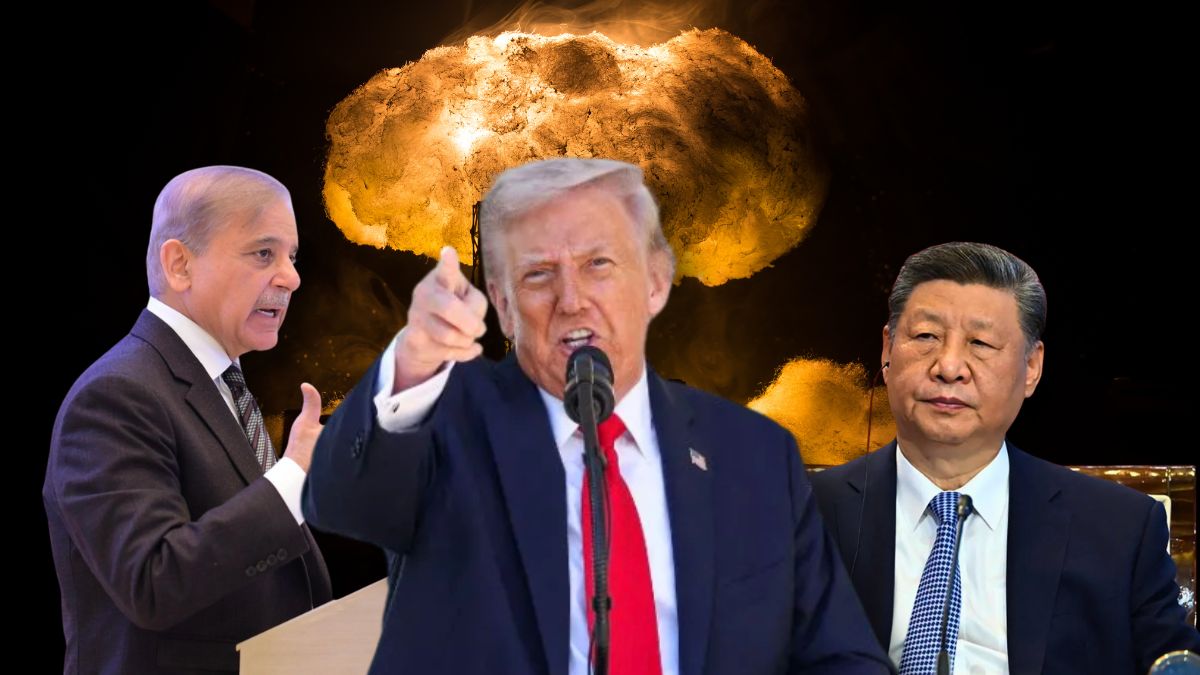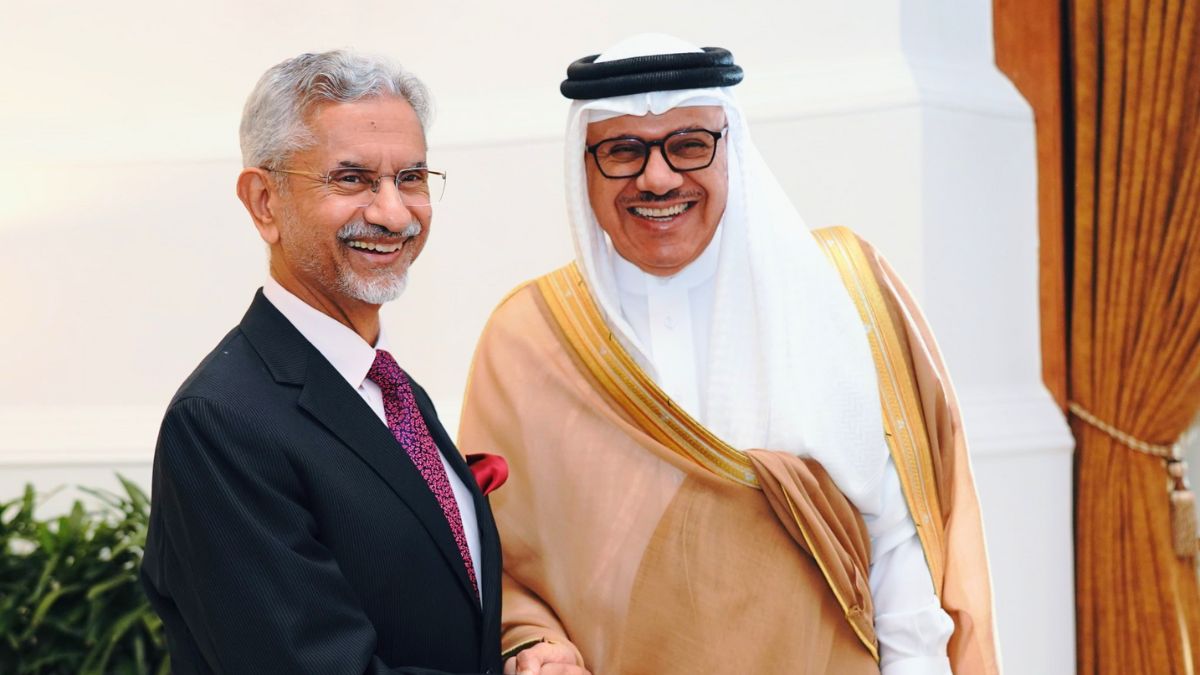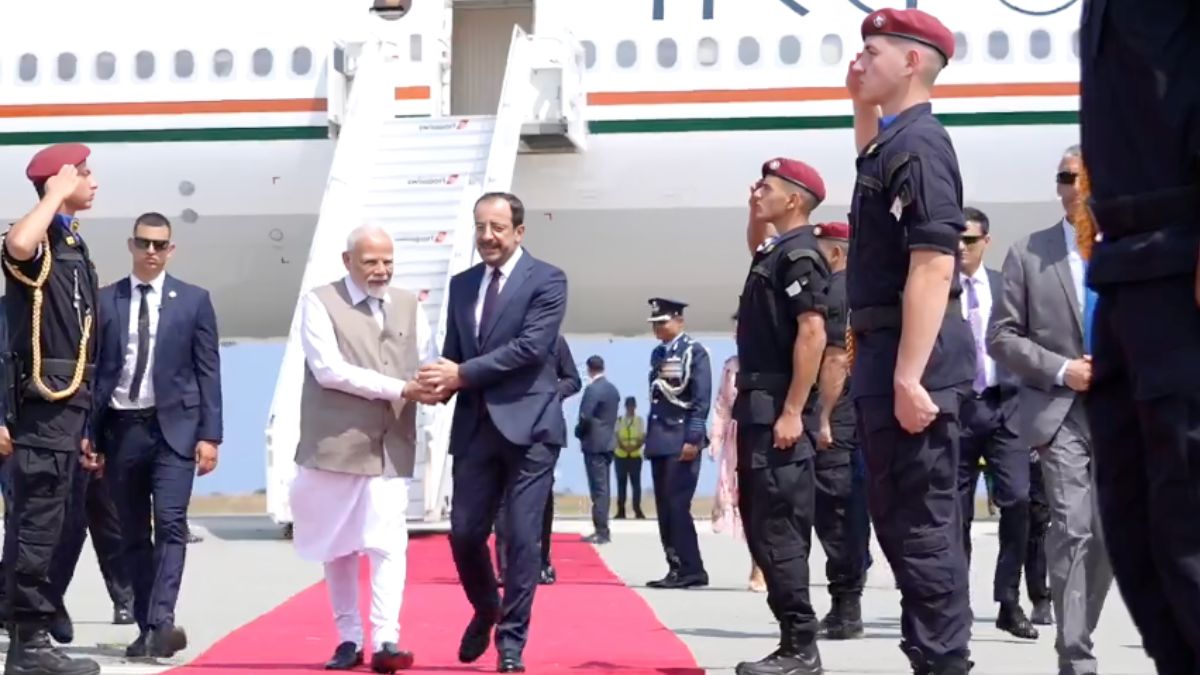With Focus On Trade In Goods, Services, Rules Of Origin, India–New Zealand FTA Talks Enter Round 4

Negotiations in this round are focusing on key areas, including Trade in Goods, Trade in Services, and Rules of Origin. Image courtesy: RNA
Around 14 years ago in October 2011, New Zealand had identified India as a priority country in its “Opening Doors to India” policy, which was reiterated in 2015. In 2011, New Zealand had launched the NZ Inc. India Strategy, aiming to make India a core trade, economic and political partner for them.
Now both the countries are working towards signing a Free Trade Agreement (FTA), the fourth round of talks for which have commenced. India and New Zealand have opened the fourth round of negotiations for their proposed Free Trade Agreement (FTA) in Auckland (November 3–7), signalling a major step toward expanding and diversifying economic ties.
The commerce ministry described the discussions as aimed at crafting a “balanced, comprehensive and mutually beneficial” agreement that could unlock new trade opportunities for both sides. The talks come after a year of steady progress and follow New Zealand Prime Minister Christopher Luxon’s visit to India in March, where both nations reaffirmed their intent to deepen their trade and strategic partnership.
India-New Zealand FTA: How have they progressed over time?
The FTA talks were formally launched in March 2025 in New Delhi by Commerce and Industry Minister Piyush Goyal and New Zealand’s Trade and Investment Minister Todd McClay. Since then, three earlier rounds—held in May, July, and September—have helped negotiators build common ground on multiple chapters including trade in goods and services, trade facilitation, and economic cooperation.
The current round in Auckland seeks to consolidate that progress and move the FTA closer to completion.
What are the key issues on the table?
Negotiators are focusing on critical components such as trade in goods and services; rules of origin, which define the share of local content required for tariff benefits; market access and the treatment of sensitive sectors.
Both sides are aiming to narrow remaining differences and “reach convergence on outstanding issues,” according to the ministry.
Why is the agreement significant for bilateral trade?
Bilateral merchandise trade between India and New Zealand reached $1.3 billion in FY25, with India’s exports growing 32% to $711 million and imports rising 75% to $587 million. India’s main exports include petroleum products, textiles, pharmaceuticals, agricultural goods, gems and jewellery, and electronics, while it imports iron and steel, electrical machinery, fruits, coal, wool, and aluminium products from New Zealand.
An FTA could lower tariffs, broaden market access, and create new investment avenues in sectors such as agriculture, renewable energy, and technology.
All major Indian IT companies are present in NZ. Bank of India, Bank of Baroda and New India Assurance have commercial operations in the country. HCL, Mahindra Motors, Tech Mahindra Ltd, TCS, Infosys, Dr. Reddy Laboratories and Royal Enfield Motors also have presence in New Zealand.
India-NZ FTA: What’s next for the negotiations?
With both sides working “constructively” to finalise remaining sections, the fourth round could prove pivotal in paving the way for an early conclusion of the FTA. If successful, the pact would mark one of India’s most significant trade breakthroughs in the Indo-Pacific region this decade.
Notably, both countries share similarities such as membership of the Commonwealth, common law practices and pursuing shared aspirations of achieving economic development and prosperity through democratic governance systems for diverse communities.






